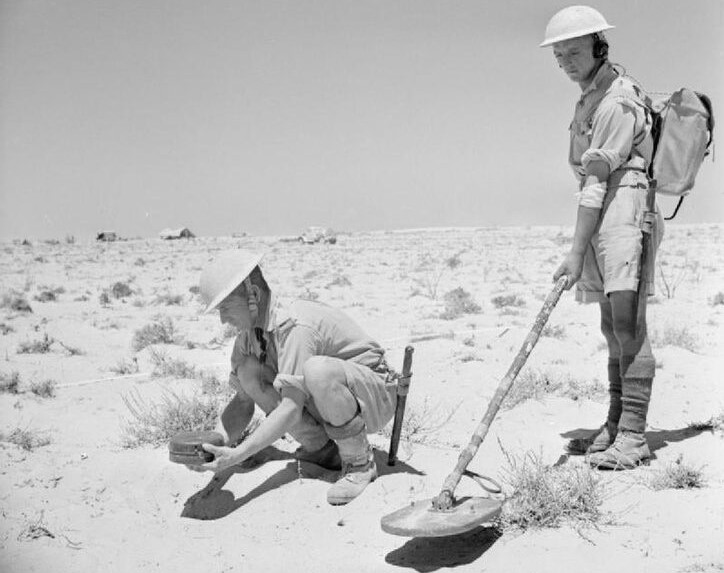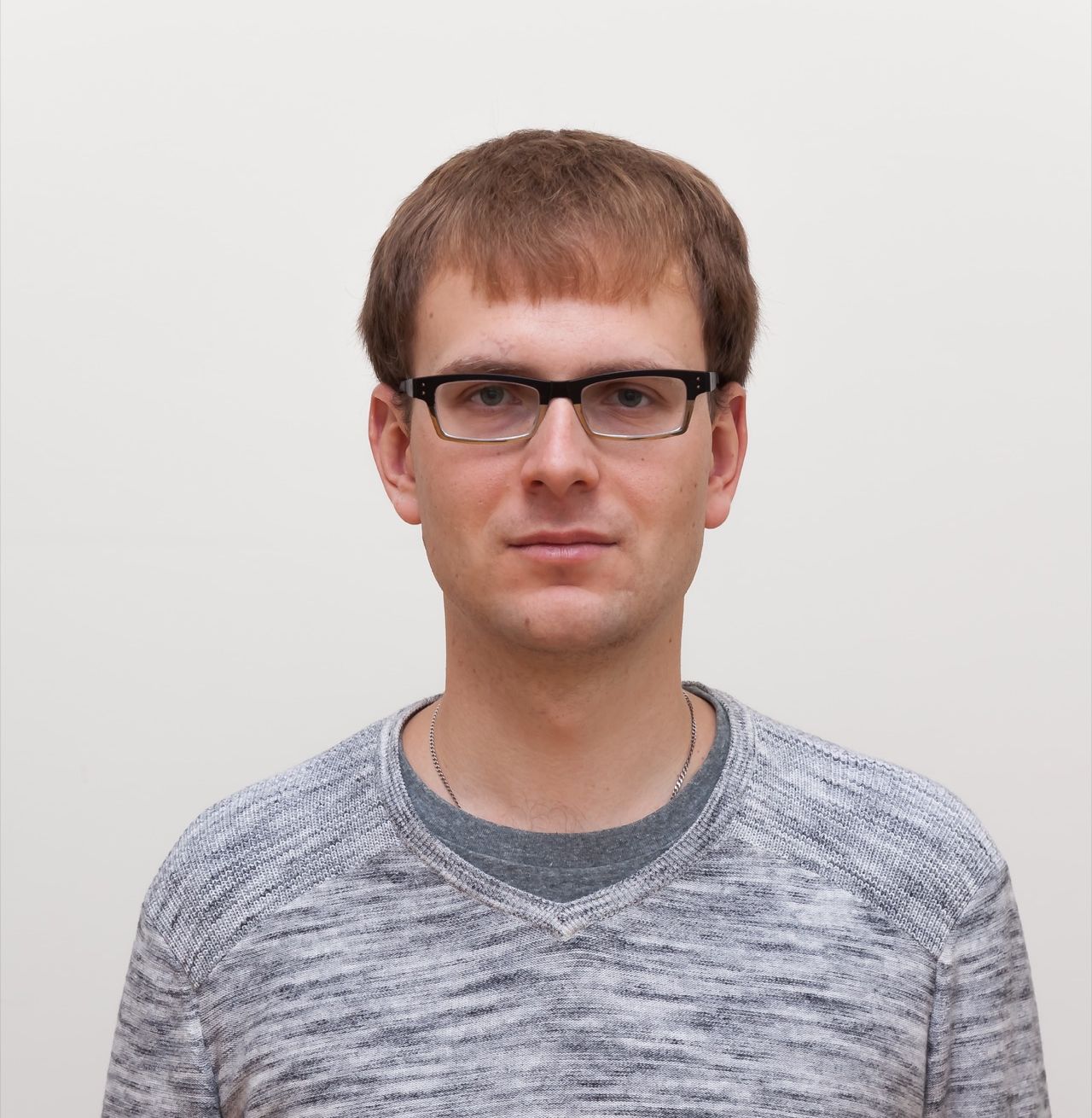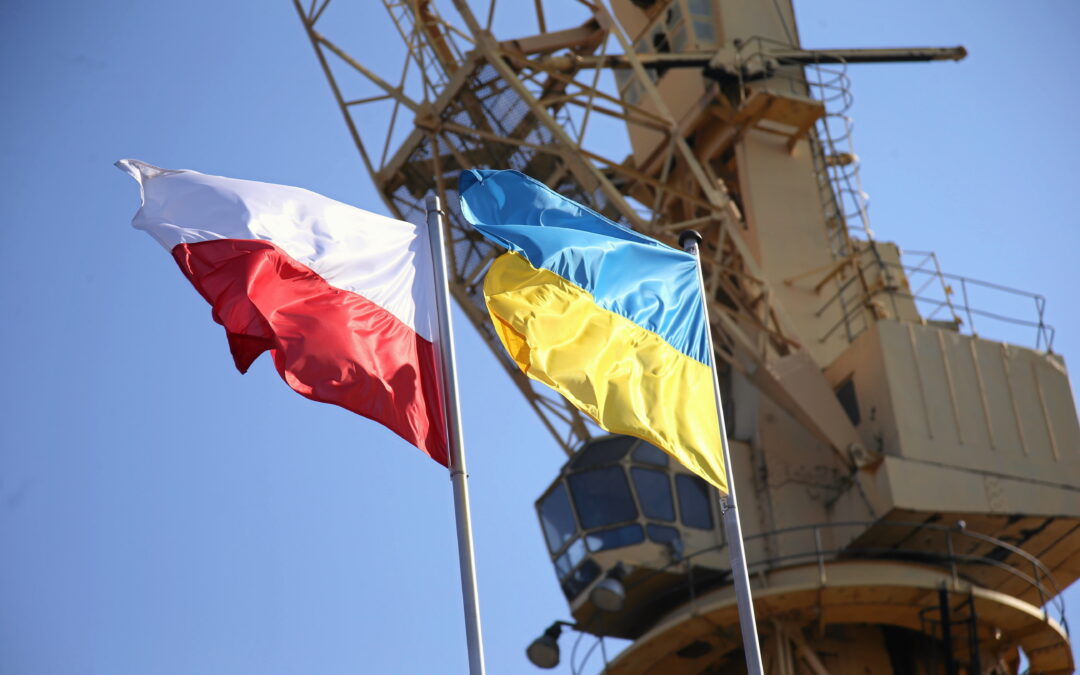By Filip Mazurczak
Throughout the centuries, many of the immense contributions to science that have changed the world have been made by Poles. Some of them are household names, such as Nicolaus Copernicus – whose heliocentric model pioneered the Scientific Revolution – and Marie Skłodowska-Curie – the first female Nobel Prize winner and only person to win the Nobel in two distinct fields.
Others are less widely known. Hilary Koprowski, who invented the first effective polio vaccine, is one (while Jonas Salk gets all the fame, Koprowski’s earlier vaccine was not approved for use in the United States but did play a crucial role in ending polio epidemics in the Congo and Poland). Joseph (Józef) Rotblat, who won the Nobel Peace Prize for his work campaigning against nuclear arms, is another.
Here are ten Polish scientists whose discoveries and inventions have revolutionised the world.
1. Johannes Hevelius (1611-1687)
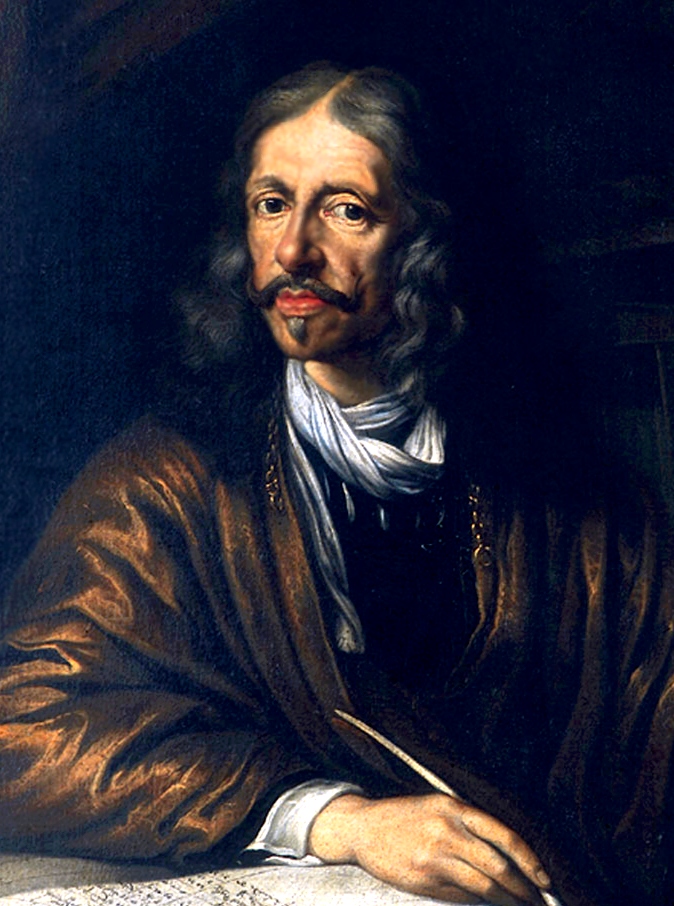
Portrait of Johannes Hevelius by Daniel Schultz (public domain)
Born in Gdańsk/Danzig to German-speaking Lutheran parents, it is arguable whether Hevelius should be classified as a Pole or German. However, the First Polish Republic was very ethnically and religiously diverse, and Hevelius was a loyal citizen of the Polish-Lithuanian Commonwealth.
Hevelius discovered numerous constellations and comets and was the first scientist to describe the topography of the moon. The first Polish subject to be inducted into the Royal Society in London, he also observed spots on the Sun and the phases of Mercury.
Hevelius also served as the mayor of Gdańsk. His work was supported by King John III Sobieski, a generous patron of the arts and sciences. After Sobieski’s defeat of the Turks at Vienna in 1683, Hevelius named a constellation “Sobieski’s Shield” (Scutum Sobiescianum) in his honour.
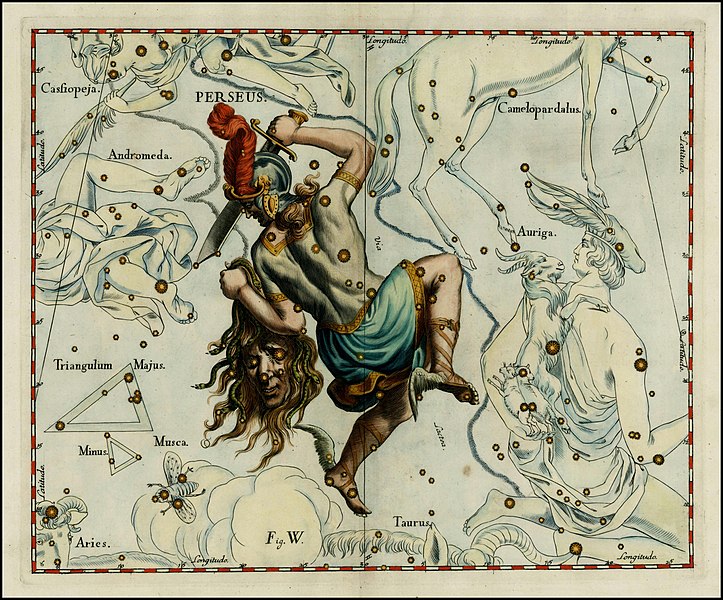
Hevelius’ illustration of the constellation of Perseus (public domain)
2. Jan Dzierżon (1811-1906)
This Catholic priest born into a Polish Silesian family in Upper Silesia in the Prussian partition of Poland regarded himself as a Pole and defended Polish aspirations towards independence, although Nazi propaganda would later paint him as Dzierżon as a German (much as with Copernicus).
During a lifetime keeping bees, he observed that they reproduce asexually through parthenogenesis – revolutionary findings that were ultimately accepted after initial challenges.
Dzierżon rejected the First Vatican Council’s (1869-1870) dogma of papal infallibility, leading to his excommunication from the church, although this was later lifted. The Lower Silesian town of Dzierżoniów and a beekeeping museum in Kluczbork in the Opole region are named in his honour.
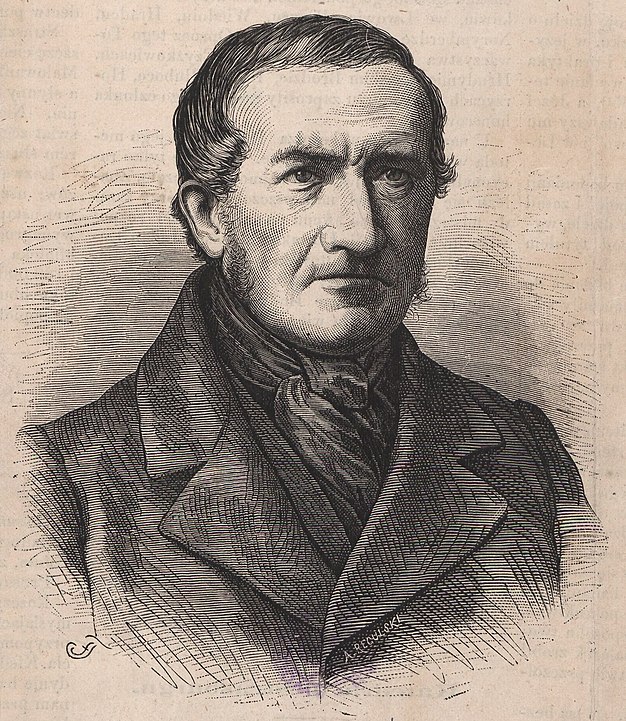
Portrait of Jan Dzierżoń in 1871 (Wikimedia/Zywul under CC BY-SA 4.0)
3. Ignacy Łukasiewicz (1822-1882)
The inventor of the first kerosene lamp was born 200 years ago this year in Subcarpathia in the Austrian partition of Poland. The Polish parliament has declared him one of the patrons of 2022 to mark the anniversary.
After studying pharmacy in Kraków and Vienna, he worked at the pharmacy of Piotr Mikolasch in Lwów (presently Lviv, Ukraine). When Mikolasch purchased 100 kilograms of oil, he asked Łukasiewicz to conduct chemical analyses of the substance.
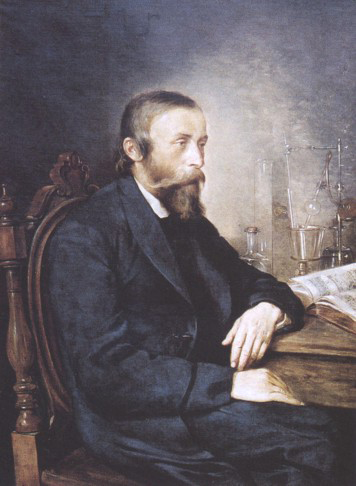
Ignacy Łukasiewicz (Wikimedia/public domain)
After creating an unsuccessful oil-based skin ointment, Łukasiewicz distilled oil to create kerosene. The kerosene lamp caught on in Lwów, and its popularity spread across Europe. By 1853, Łukasiewicz created the first street oil lamp in Gorlice. Three years later, he opened the first oil refinery in Ulaszowice, and he also manufactured and sold oil to make lubricants and asphalt.
All this made Ignacy Łukasiewicz fabulously wealthy. He used his fortune for numerous charitable enterprises, building countless schools and churches and establishing funds to support Poles exiled for their pro-independence activities, the sick, and combatting alcoholism and poverty. In recognition of these philanthropic efforts, Pope Pius IX presented him with the Papal Order of St. Gregory and the title of papal chamberlain.
4. Jan Szczepanik (1872-1926)
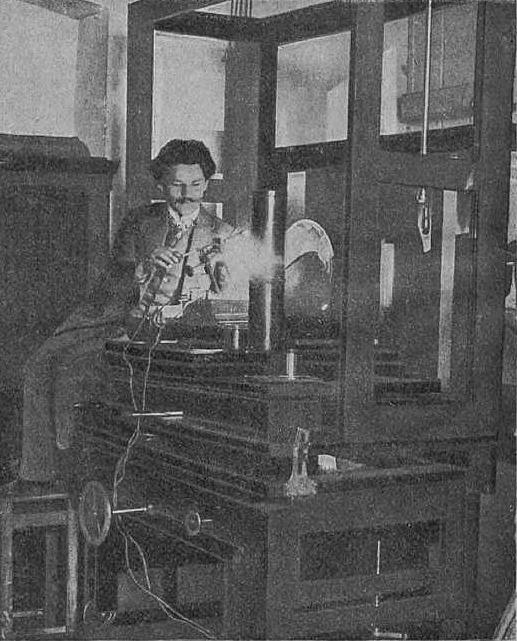
Jan Szczepanik in his laboratory (Wikimedia/public domain)
Dubbed the “Austrian Edison” by Mark Twain, Jan Szczepanik, who lived in the Austrian partition of Poland, has more than 50 patents to his name. Along with the Catholic priest Kazimierz Żegleń, he created one of the first bulletproof vests, made of silk, which saved the life of Spain’s King Alfonso XIII after an assassination attempt by a Catalan anarchist.
Known for his experimentation with photography, Szczepanik also invented the Telectroscope, an apparatus for the reproduction of distant images and sound which was crucial to the later development of television.
5. Rudolf Weigl (1883-1957)
The creator of the first effective vaccine against typhus, a disease that claimed hundreds of thousands of lives on the Eastern Front of World War I, was born to Austrian parents in Prerau (today Přerov in the Czech Republic). At a young age, however, Weigl moved to Jasło after his biological father died and his mother married a Pole. The young Rudolf had a close relationship with his stepfather, who imbued him with a zealous Polish patriotism.
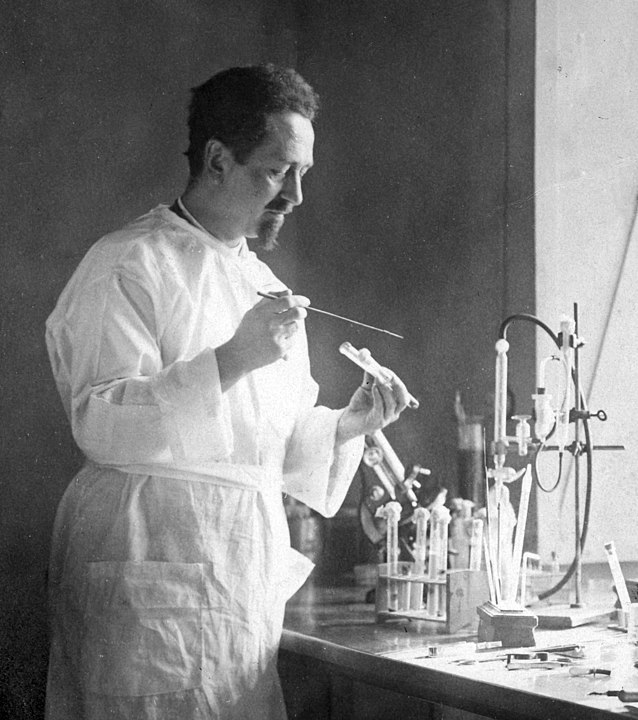
Weigl at work in his laboratory (photo: Szukajwarchiwach/public domain)
During the Second World War, Weigl refused to sign the Deutsche Volkslist, which gave legal privileges to ethnic Germans in occupied territories. His Lwów laboratory produced typhus vaccines for Wehrmacht soldiers fighting on the Eastern Front, but many of them were intentionally defective.
Meanwhile, Weigl smuggled thousands of effective vaccines into the overcrowded Warsaw and Lwów ghettos, where typhus flourished, and employed many Jews, members of the Home Army, and Polish intellectuals on the run from the Gestapo as lice feeders whose blood was used to produce vaccines. Among those who found sanctuary in Weigl’s laboratory were the poet Zbigniew Herbert and the mathematician Stefan Banach.
Today's Google Doodle honours Rudolf Weigl, a Polish scientist who created the first effective typhus vaccine and also provided shelter to Jews during WWII, saving them from the Holocaust https://t.co/wMG1tQEbQ7
— Notes from Poland 🇵🇱 (@notesfrompoland) September 2, 2021
After the war, when the Soviets annexed Lwów and expelled its Polish population, Weigl moved to Kraków, where he was treated as a pariah by the city’s academic community, which, unaware of his humanitarian efforts, saw him as a wartime collaborator. For the same reason, the Polish government refused to support Weigl’s candidacy for the Nobel Prize in Medicine or Physiology.
Forgotten for decades, more recently Weigl has been receiving the recognition he deserves. In 2003, Israel’s Vad Vashem named him a Righteous Among the Nations, while a Polish biographical film about him is currently in production.
6. Ludwik Hirszfeld (1884-1954)
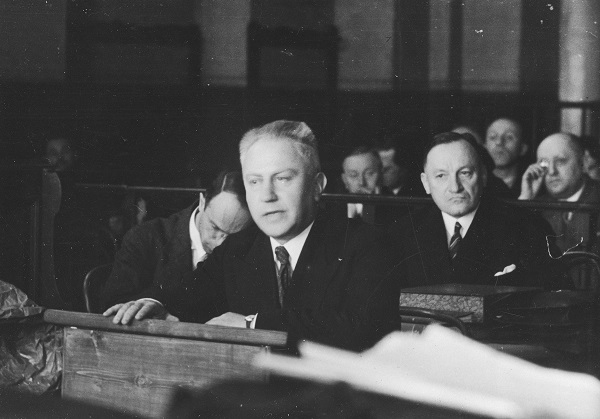
Hirszfeld during the notorious murder trial of Rita Gorgonowa in 1933, when his expert evidence undermined the findings of police experts (photo: Szukajwarchiwach/public domain)
Regarded as the co-discoverer of ABO blood types along with the German physician Emil von Dungern, Hirszfeld also discovered that blood types are genetically inherited and depend on an individual’s ethnic origins.
He saved the lives of many infants through his discovery of the causes of serological conflict, in which a pregnant woman’s body produces antibodies against the foetus’s red blood cells, thus causing hemolytic disease. During World War I, Hirszfeld served as an advisor to the Serbian army, which was plagued by outbursts of typhus and dysentery.
Hirszfeld survived the Warsaw Ghetto and escaped by hiding under a false identity. His memoir The Story of One Life, which is available in English, is a classic of Holocaust literature.
7. Kazimierz (Casimir) Funk (1884-1967)
Everyone has heard of vitamins, but few know who coined the term. The biochemist Kazimierz Funk was born and raised in Warsaw, educated in Switzerland, and worked in Paris, Berlin, and London before settling in the United States.
In London, while researching the causes of beriberi, which causes peripheral nerve damage and heart failure, Funk read an article by the Nobel Prize winning Dutch scientist Christiaan Eijkman, who found that autochthonous inhabitants of the Dutch East Indies who ate brown rice were less likely to suffer from the disease.
Did you know that the vitamins were discovered by the #Polish biochemist Kazimierz Funk?
He was born #OTD in 1884.#PL100 🇵🇱 pic.twitter.com/mAPrAUfMLi
— Poland.pl (@Poland) February 23, 2018
Funk successfully isolated the substance responsible for this. Because it contained an amine group, he created the neologism “vitamin” by bringing combining the words “vital” and “amine”.
In the 1920s, Funk returned to Poland for a few years, where he cured dementia symptoms among pellagra patients by giving them vitamin B1 treatments, as well as creating and marketed the first vitamin supplement, Oscodal, which contained vitamins A and D. In his writings, Funk speculated that rickets and scurvy, among others, were caused by vitamin deficiencies – a theory later confirmed by research.
Funk was nominated for the Nobel Prize in Medicine or Physiology five times, but never won. The Polish Institute of Arts and Sciences of America has an annual prize for Polish American scientists named after him, whose laureates include Koprowski.
8. Wilhelmina Iwanowska (1905-1999)
Poland’s first astrophysics professor, Iwanowska’s most important discovery was that of a new scale of distance in the universe, at which she arrived after recording the spectra of about 200 stars at the McDonald Observatory in Texas. Her accomplishments were acknowledged at the international level in 1973, when she was appointed vice president of the International Astronomical Union.
Iwanowska’s fascinating life was greatly impacted by Poland’s dramatic 20th century. Born to a family of impoverished Polish nobility in Vilnius under the Russian partition of Poland, she was educated in the interwar period in Polish Wilno, receiving a doctorate at the Stefan Bathory University.
Wypromowała 19 doktorów, z których 8 zostało profesorami. Otrzymała 3 tytuły honoris causa. Jej imię nosi planetoida. Wiceprezes Międzynarodowej Unii Astronomicznej. Profesor USB i UMK. Dama Krzyża Wielkiego Orderu Odrodzenia Polski. Wilhelmina Iwanowska. pic.twitter.com/qswjztc9KO
— Rafał Michliński (@RMichlinski) March 8, 2021
Her promising university career was shattered by the German occupation of Poland, when she illegally taught Polish students at a time when education past the elementary level was cut off to Poles, while hundreds of thousands of educated ones were shot or deported to concentration camps.
After the war, the Polish eastern borderlands, including Vilnius, were annexed by the USSR, while ethnic Poles living there were forcibly resettled. Such was the fate of Iwanowska, who ended up in Toruń, the hometown of a more famous astronomer, Nicolaus Copernicus.
9. Józef Kosacki (1909-1990)
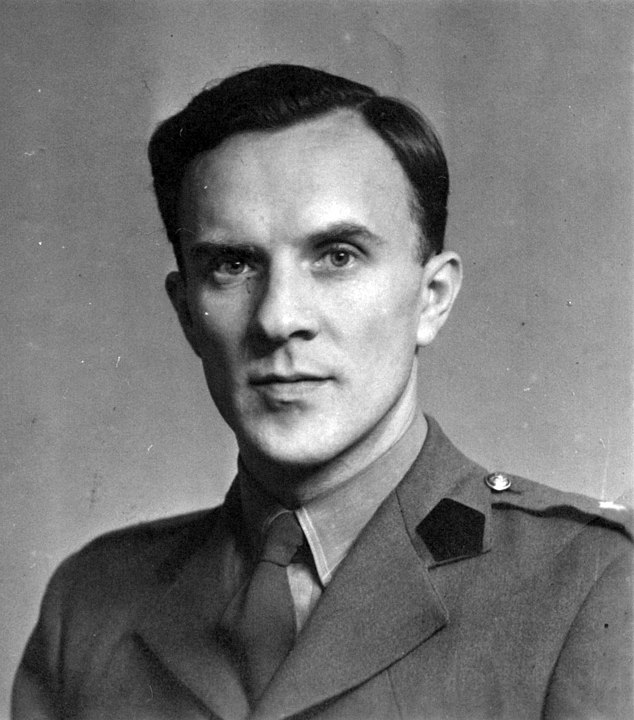
Józef Kosacki (Wikimedia/public domain)
The Polish mine detector, invented by Józef Kosacki, ranks among the most important Polish contributions to the Allied victory during World War II.
In 1939, Lieutenant Józef Kosacki, an electrical engineer in the Polish military, fled to the West, first to France and, after its fall, Britain along with the Polish armed forces. There, Kosacki, inspired after a Polish military patrol was killed by land mines on a beach in Scotland, successfully created a portable mine detector.
1 maja to symbol jedności narodowej i zmyślności. I o tej naszej zmyślności nie możemy zapomnieć. Największy Polski wynalazek? Jeśli patrzeć na ilość uratowanych żyć na pewno silnym kandydatem jest wykrywacz min. Jej zapomniany dziś twórca Józef Kosacki zrewolucjonizował nią IIWŚ pic.twitter.com/YiZKIU4zW2
— Maciej Kawecki (@kawecki_maciej) May 1, 2021
The device could detect objects as small as a coin. He did not patent the invention but gave as a gift to the British war effort, for which King George VI sent him a letter of thanks. One hundred thousand mine detectors according to Kosacki’s design, along with hundreds of thousands of derivative designs, were mass produced during the Second World War.
The Polish mine detector was used at El Alamein, in the Allied invasion of Sicily, and during D-Day, doubling the speed with which mined sands could be cleared. Kosacki’s design was consistently used in warfare until the 1990s, last being used during the 1991 Gulf War and the 1990s Yugoslav Civil War.
10. Rozalia Szafraniec (1910-2001)
Szafraniec discovered two variable stars (a star whose brightness seen from earth changes with time) and broke a world record by having observed binary stars (two stars that revolve around each other or that orbit a common centre) over 50,000 times.
She had been admitted to the International Astronomical Union despite having been refused an advanced habilitation degree by the Jagiellonian University because of her participation in the anti-Nazi and anti-communist Home Army during World War II.
Her life could easily be turned into a children’s book on the virtue of perseverance despite challenges. Growing up in a poor peasant family at a time when there were few women in academia, she nonetheless studied mathematics at the University of Warsaw under the renowned Wacław Sierpiński, after whom three fractals were named.
Szafraniec spent so much time in the observatory that frostbite lacerated her face, yet this did not deter her from continuing her research.
Main image credit: Imperial War Museum/Wikimedia Commons (under public domain)
